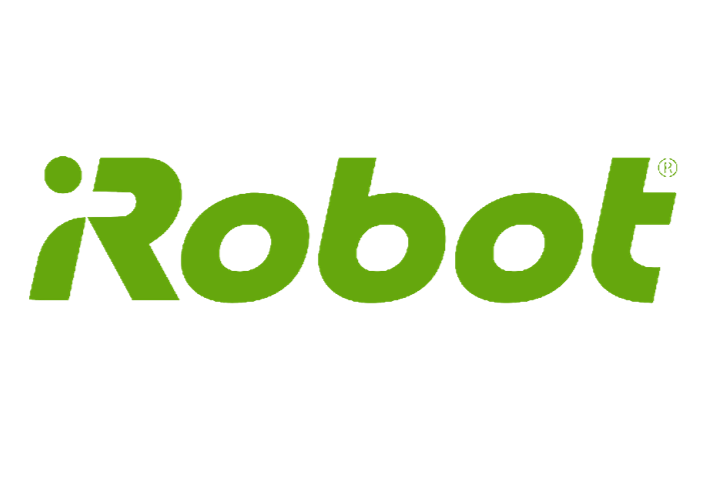Amazon Lambda
Run code without thinking about servers or clusters.
Pay only for what you use.
Run code without thinking about servers or clusters.
Pay only for what you use.
Amazon Lambda is a serverless computing service that lets you run code without provisioning and managing servers, creating workload-aware cluster scaling logic, maintaining event integration, or managing runtime. With Lambda, you can run code for almost any type of application or backend service—all with zero management. Just upload your code as a ZIP file or container image, and Lambda automatically and accurately allocates compute power and runs your code based on incoming requests or events, for any scale of traffic. You can configure your code to run on any of 140 services. AWS Automatically enable or call it directly from any web or mobile app You can write Lambda functions in your favorite language (Node.js, Python, Go, Java, and more) and use both serverless and containerized tools like AWS SAM or Docker CLI to build, test, and deploy your functions.
Using Amazon Lambda, you can optimize the execution time of your code by choosing the right memory size for your performance. You can also keep your functions ready and responsive in milliseconds by enabling predictive synchronisation.
With Amazon Lambda, you only pay for the time you compute, so you never pay for over-provisioned infrastructure. You’re charged for every millisecond your code executes and the number of times your code is triggered. Using the calculation program, you can additionally save up to 17 percent.
Amazon Lambda automatically scales your application by executing code in response to each event. Your code runs in parallel and processes each trigger individually, scaling exactly to the size of your workload, from a few requests per day, to hundreds of thousands per second.
Amazon Lambda automatically runs your code without the need to provision or manage infrastructure. Just write the code and upload it as a ZIP file or container image to Lambda.

You can use AWS Lambda to execute code in response to triggers such as changes in data, changes in system state, or user actions. Lambda can be triggered directly by AWS services such as S3, DynamoDB, Kinesis, SNS, and CloudWatch, can connect to existing EFS file systems, or can be configured into workflows by AWS stage functions. This allows you to create various types of serverless data processing systems in real time.
You can use Amazon S3 to trigger AWS Lambda to process data immediately after upload. You can also connect directly to an existing Amazon EFS file system, which enables massively parallel shared access for large-scale file processing. For example, you can use Lambda to generate thumbnails, encode videos, index files, process files, validate content, and aggregate and filter data in real time.
You can use Amazon Lambda and Amazon Kinesis to process real-time stream data for app activity tracking, transaction order processing, clickstream analysis, data cleansing, metrics generation, report filtering, indexing, social network analysis, and IoT device data measurement and measurement Do it.
Before feeding it to a machine learning model, you can use AWS Lambda to preprocess the data. With Lambda access to EFS, you can deliver your model for prediction at scale without having to provision or manage infrastructure.
You can make web, mobile, Internet of Things (IoT), and third-party API requests using AWS Lambda. Use Lambda’s consistent performance controls, such as multiple memory configurations and predicted concurrency, to build latency-sensitive applications at any scale.
By combining AWS Lambda with other AWS services, developers can build powerful web applications that automatically scale up and down across multiple data centers—with zero administrative effort required for multi-data center scalability, backup, or redundancy—and run in a highly available configuration.
AWS Lambda makes it easy to create rich, personalized app experiences. You can use AWS Lambda and Amazon API Gateway to authenticate and process API requests. Use AWS Amplify to easily integrate your backend with iOS, Android, Web, and React Native frontends.

Thomson Reuters uses AWS Lambda to process up to 4,000 events per second for its usage analytics service and It took five months to use it in production.

Benchling, a life sciences software company, created a technique that researchers use to modify parts of a genome with extremely high precision using a serverless architecture.

iRobot, a global robotics pioneer, is building the next generation of connected devices for the smart home using a serverless architecture.

The Coca-Cola Company, an American multinational beverage company, uses AWS Lambda and AWS Step Functions to build a cost-effective serverless solution Kurdish.